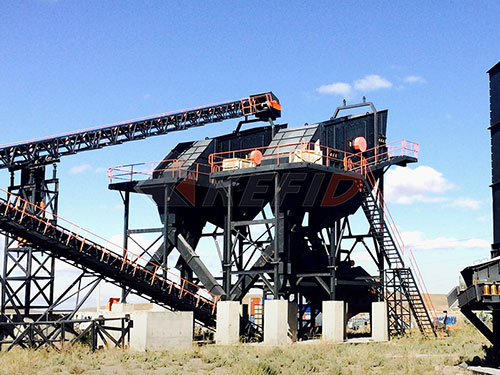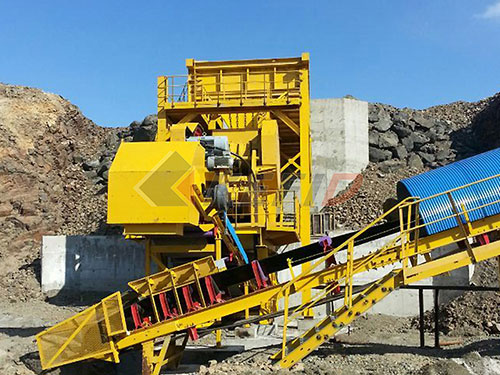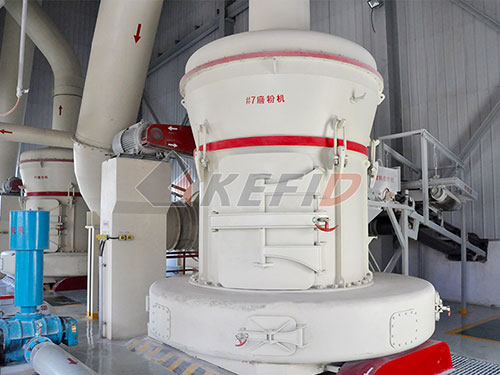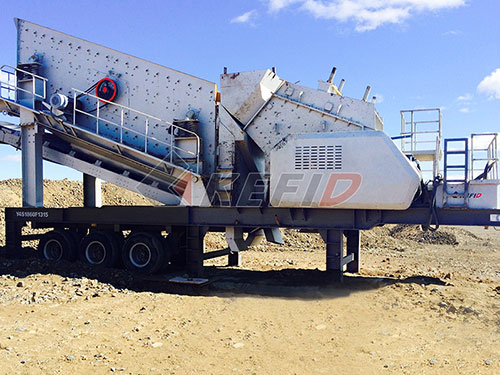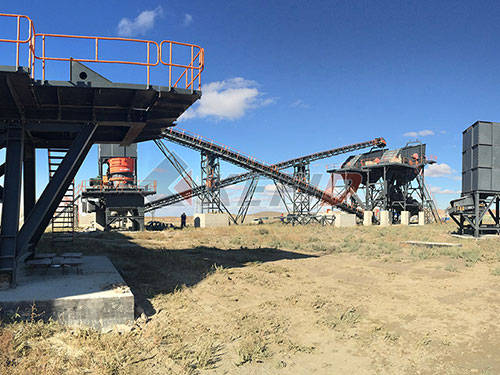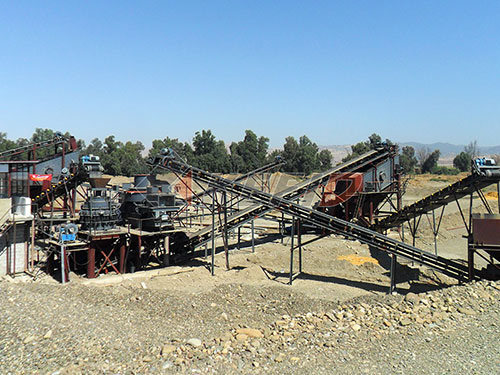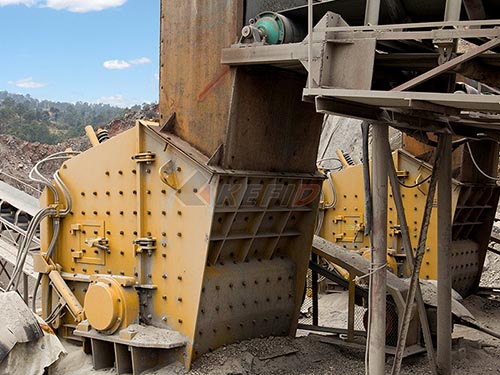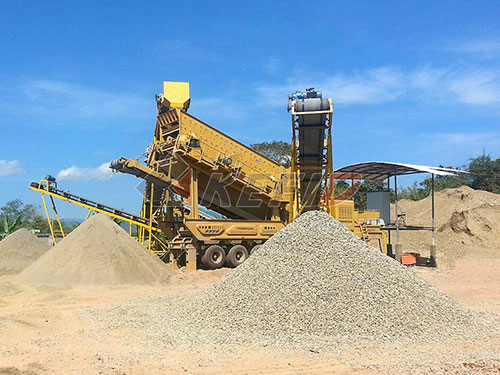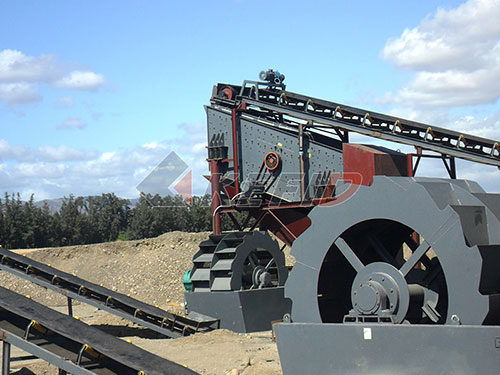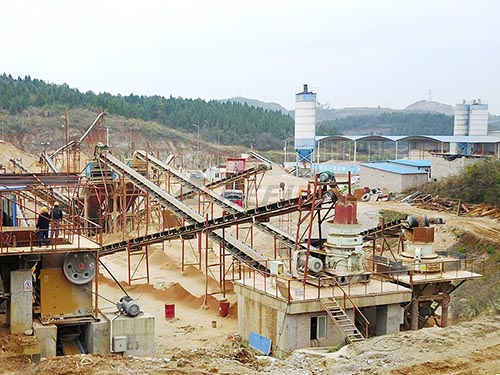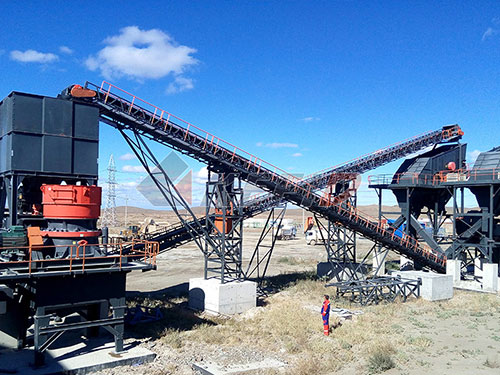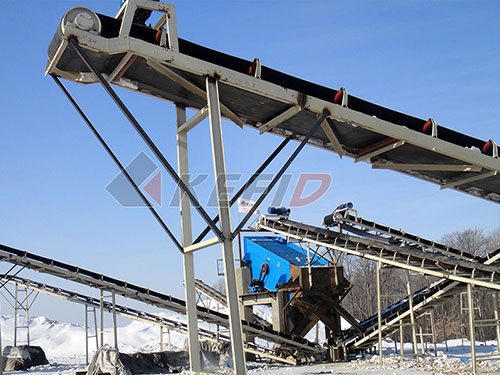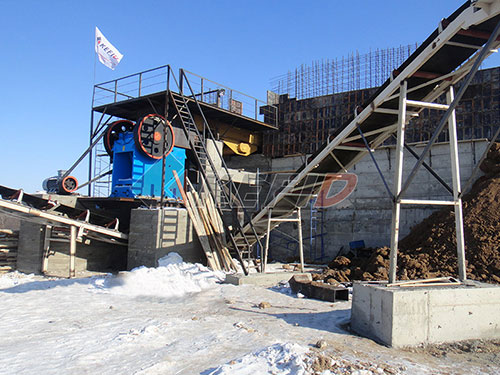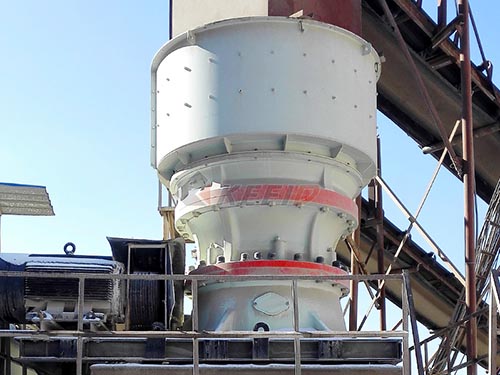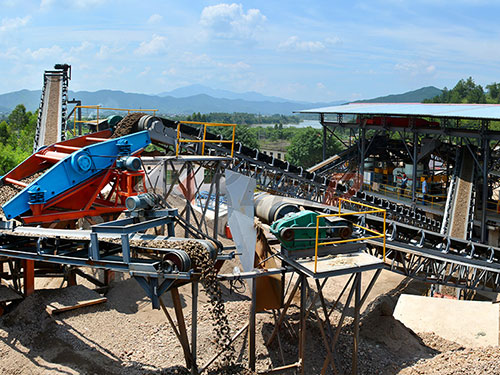Crush Your Project Costs & Constraints: The Power of Red Rhino Crusher Hire
In the demanding world of construction, demolition, landscaping, and waste management, efficiency and adaptability are paramount. One persistent challenge? Dealing with inert waste like concrete, bricks, blocks, stone, and tarmac efficiently on-site – especially when space is tight or access is restricted. This is where Red Rhino Crusher Hire emerges as a game-changing solution.
Beyond Skip Hire: The On-Site Recycling Revolution
Traditional skip hire simply removes rubble at a cost. Red Rhino crusher hire flips this model on its head by enabling you to process waste directly at the source. These compact yet robust tracked mini-crushers transform bulky debris into valuable recycled aggregate (hardcore) in minutes.
Why Choose Red Rhino Crusher Hire?
1. Unmatched Compactness & Accessibility: This is the defining strength of Red Rhino crushers.
Tight Sites: Need to operate within confined urban backyards? Navigate narrow gateways? Work indoors? Their small footprint makes it possible where larger crushers simply cannot go.
Sensitive Ground: Lightweight design minimizes ground pressure (as low as 2 Tonne/m²), protecting delicate surfaces like lawns or finished driveways.
Easy Transport: Standard plant trailers can easily move these machines between sites quickly.
2. Significant Cost Savings:
Reduce Skip Costs: Drastically cut the number of skips needed by reducing waste volume by up to 80% through crushing.
Eliminate Haulage Fees: Avoid expensive costs associated with transporting bulky waste off-site.
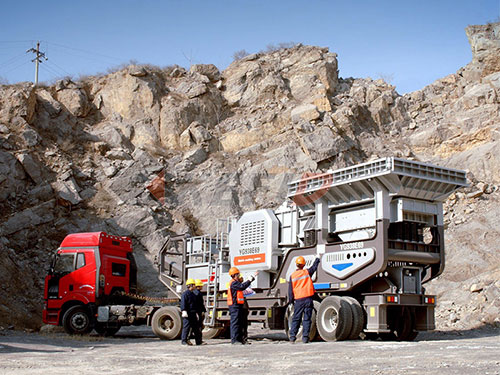
Create Free Aggregate: Produce your own high-quality Type 1 crushed concrete or similar aggregate right there on site – saving you purchasing and hauling costs for imported materials for sub-bases or backfill.
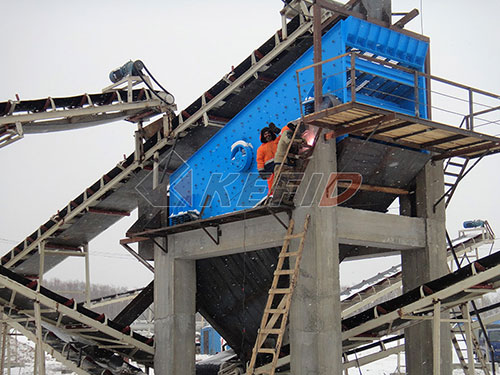
3. Boosted Efficiency & Productivity:
On-Demand Processing: Crush material as it’s generated; no waiting for skips to be collected or new ones delivered.
Immediate Reuse: Use the recycled aggregate instantly within your project cycle – backfilling trenches, creating access roads, forming foundations.
Faster Project Completion: Streamline your workflow by integrating waste processing directly into your operations.
4. Enhanced Sustainability Credentials:
Minimize Landfill: Divert tonnes of
